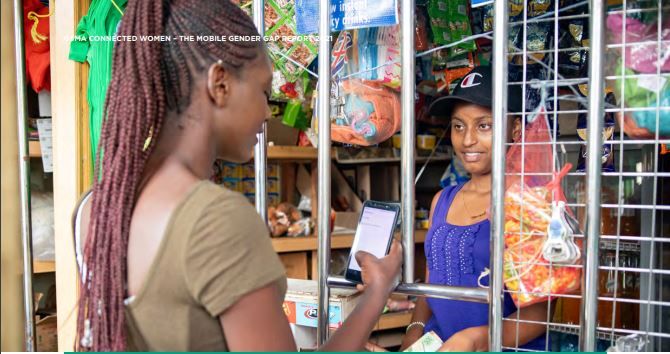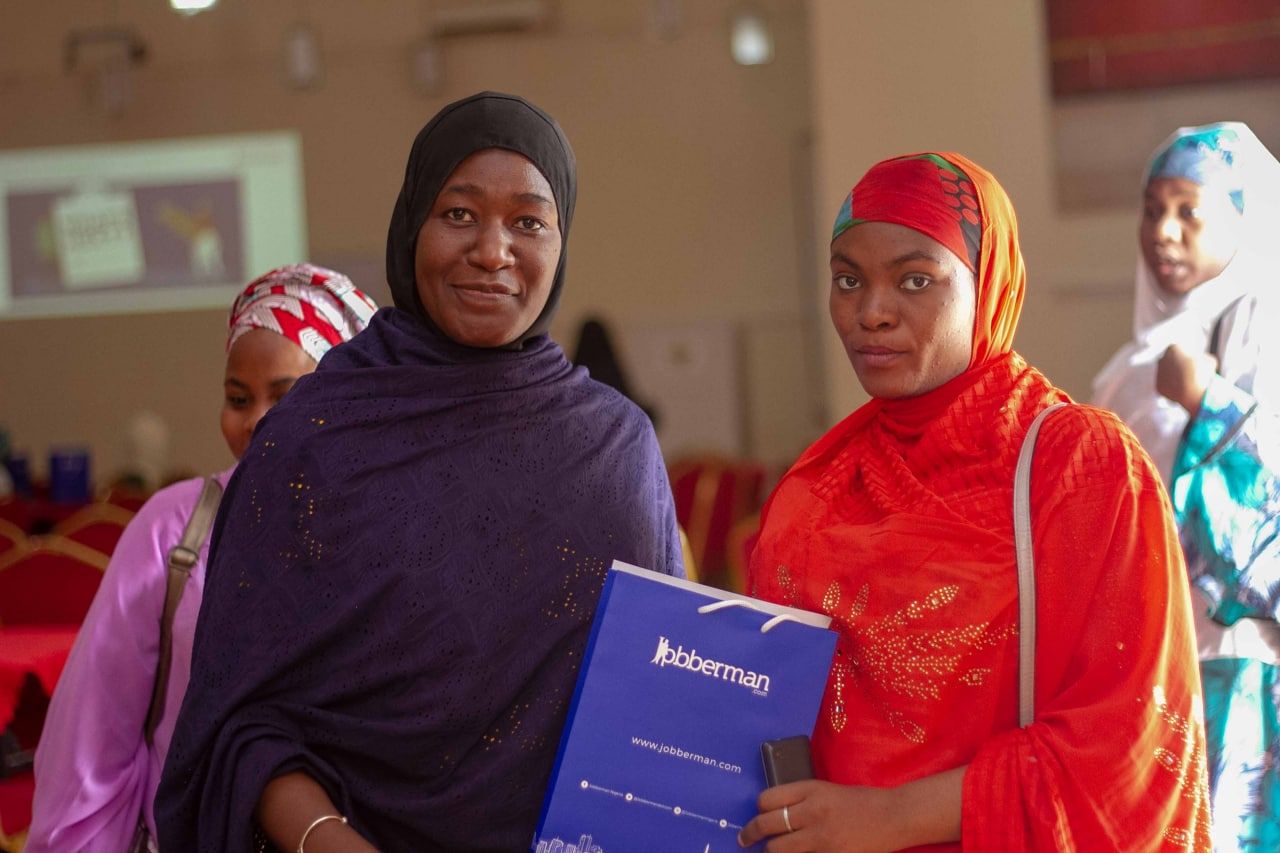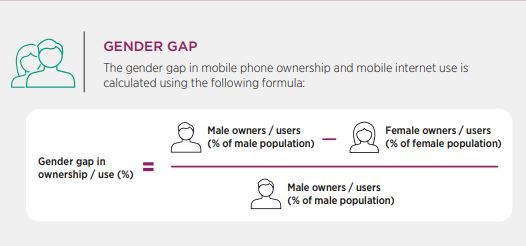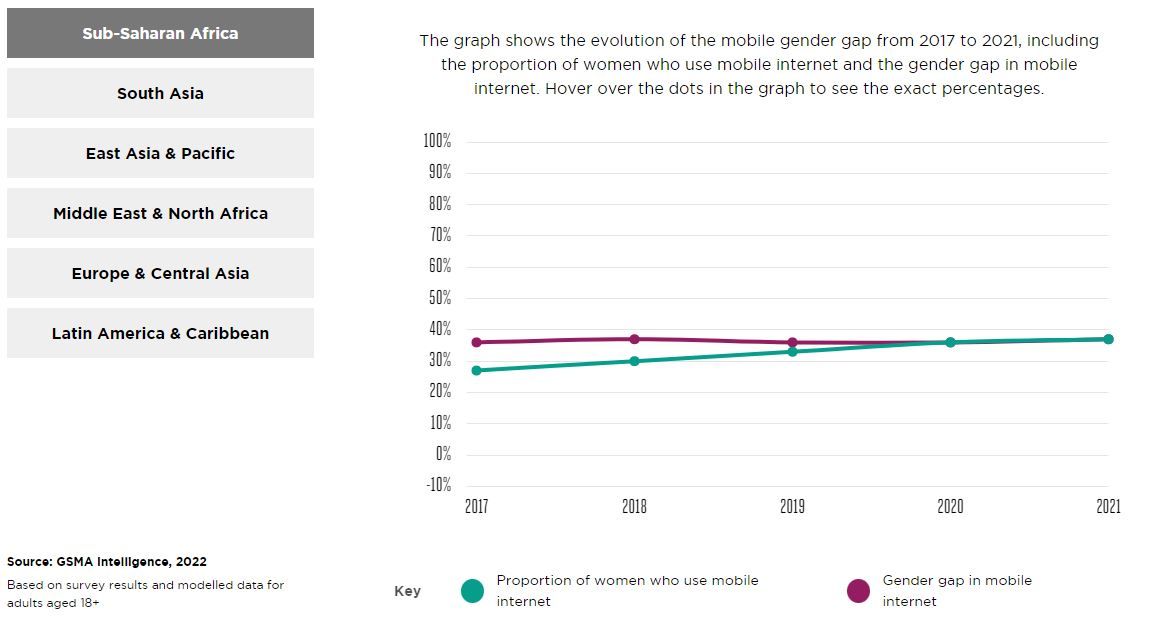COVID-19 impacted the mobile internet gender gap in Sub-Saharan Africa
The 2022 Mobile Gender Gap Report has revealed that the mobile internet gender gap in Sub-Saharan Africa has remained flat since it was first modelled in 2017.

GSMA Intelligence's latest Mobile Gender Gap Report [pdf] has revealed that the mobile internet gender gap in Sub-Saharan Africa has stalled since it was first modelled in 2017.
The annual GSMA Mobile Gender Gap report is funded by the UK Foreign, Commonwealth and Development Office (FCDO) and the Swedish International Development Cooperation Agency (Sida) via the GSMA Mobile for Development Foundation. The report helps in sizing the mobile gender gap and generating regional and country-level data to draw attention to this issue, as well as providing key evidence to inform action from stakeholders.
"Women’s uptake of mobile internet in low and middle-income countries continues to increase, but the rate of adoption has slowed. Across low- and middle-income countries, 60 per cent of women now use mobile internet. Only 59 million additional women in low-and middle-income countries started using mobile internet in 2021 compared to 110 million in 2020. This is significant since mobile remains the primary way most people access the internet, especially women." GSMA Intelligence stated.
The mobile gender gap is a significant global issue, requiring attention from all stakeholders to ensure women and their families can reap the full benefits of connectivity. In total, only 60% of women in low and middle-income countries now use the mobile internet, compared to 71% of men.

In 2017, women were 25% less likely than men to use mobile internet. The mobile internet gender gap had been reducing, but progress has stalled. Across low and middle-income countries, women are now 16 per cent less likely than men to use mobile internet, which translates into 264 million fewer women than men.
By comparison, the mobile internet gender gap in low- and middle-income countries was 25 per cent in 2017 and 15 per cent in 2020. The gender gap is widest in Sub-Saharan Africa and South Asia.

GSMA also revealed that the economic impact of the COVID-19 pandemic has made handsets and mobile internet even less affordable and affected access to smartphones and mobile internet use for residents within low-income communities. The report said that social norms also continue to play an important role. Across the survey countries, women were less likely than men to have chosen their model of a mobile phone even when they paid for it themselves.

"For decades, mobile internet has been transforming the lives of women across the globe, especially in low- and middle-income countries. But the worrying statistics in our Mobile Gender Gap Report 2022 show that far more needs to be done to prevent women from being left behind in the digital economy. Institutions, corporations and governments around the world need to focus on the importance of inclusion, and actively seek to combat such inequalities." GSMA Director General Mats Granryd said.







